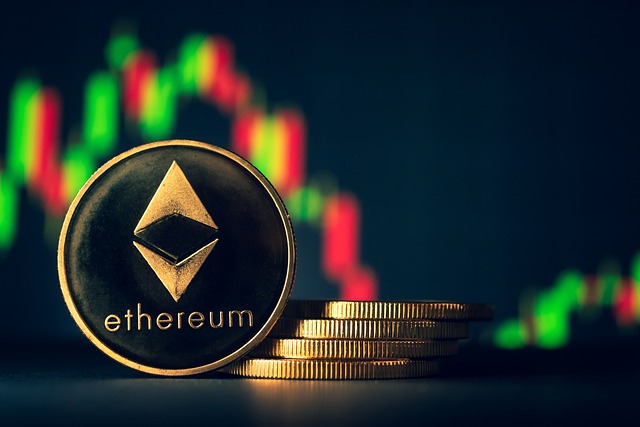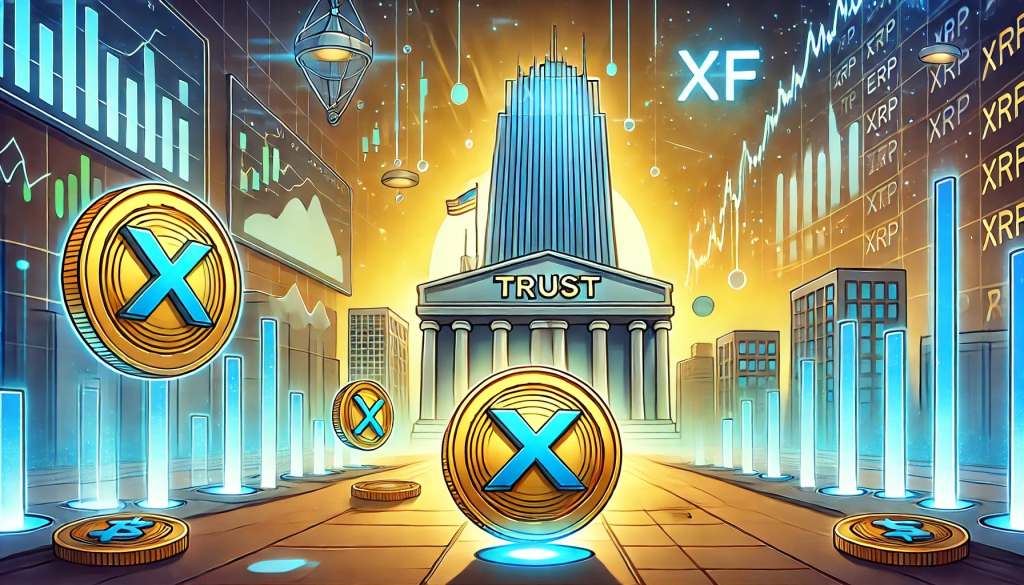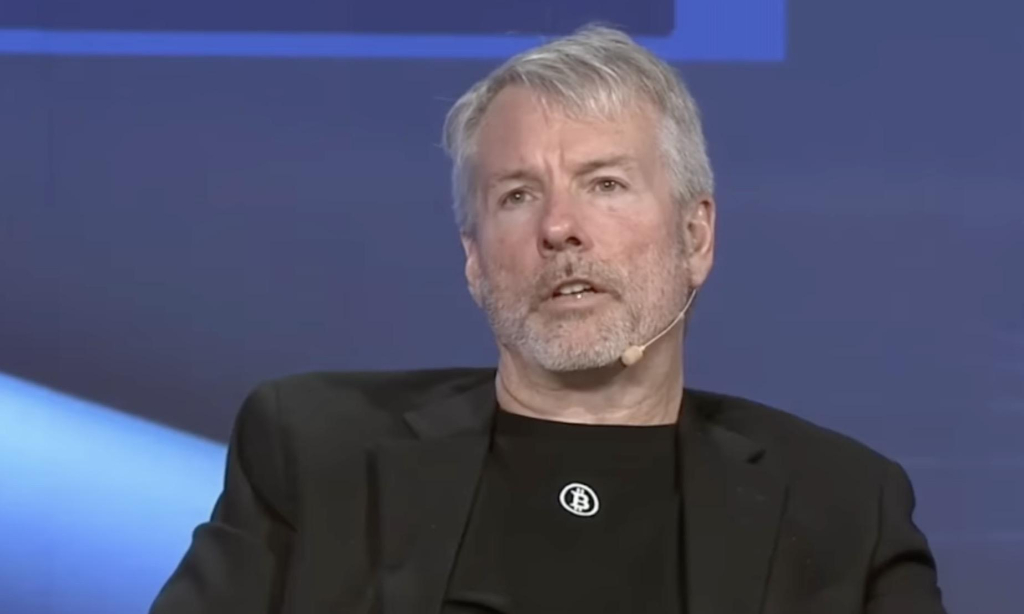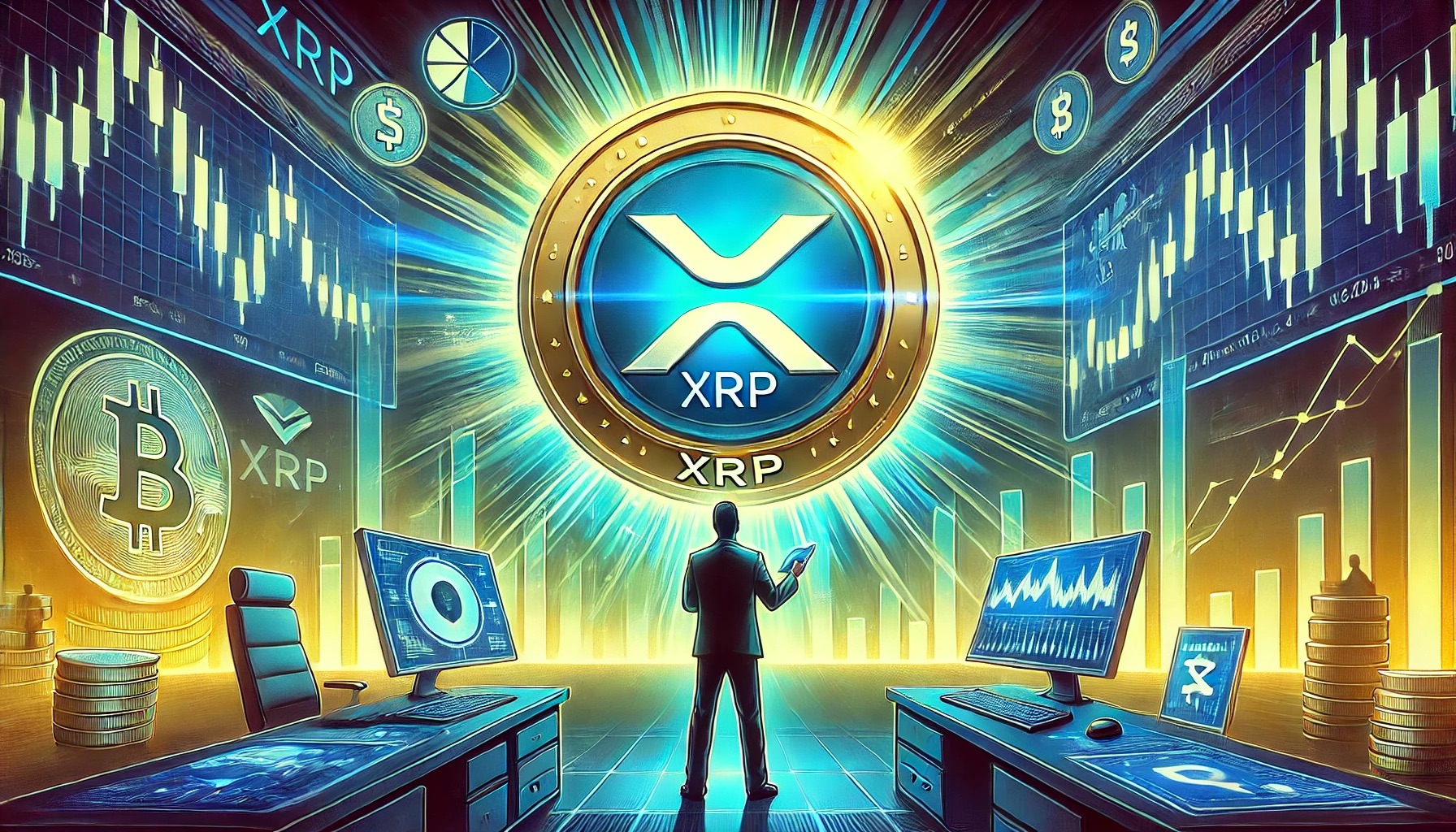For the past two weeks, the value of Ether, the second biggest cryptocurrency by market capitalization, has been caught under a stubborn $1,920 ceiling, raising eyebrows across the trading community. This is despite a surge observed on May 6, which evaporated within a day. Ether's (ETH) struggle to cross this mark started on April 21, extending beyond a full month.
The ongoing fiscal deadlock over the U.S. debt limit, involving President Joe Biden's administration and the U.S. Congress, is likely triggering further disquiet among institutional investors towards cryptocurrencies. According to CoinShares' recent report, there has been a massive withdrawal of funds, amounting to $232 million, from digital asset investments over the past five weeks.
Moreover, two key factors that usually govern Ether's price trajectory indicate a decline in interest in its decentralized finance offerings, alongside reduced leveraged purchasing levels from professional traders.
Whales and arbitrage desks often show a predilection for Ether's quarterly futures. These fixed-term agreements usually command a slightly higher price than spot markets, hinting that sellers are looking for additional compensation to postpone the settlement.
Hence, under normal circumstances, ETH futures contracts should register an annualized return of around 4% to 8%—a phenomenon called contango, which is quite familiar in crypto trading circles.
However, the futures premium shows that Ether's traders have been shying away from longs for the past month. Even the short-lived surge to $2,000 on May 6 failed to stir these large-scale traders and market makers into a more optimistic outlook.
Despite being trapped beneath the $1,920 ceiling, ETH still maintains its second-place position in the crypto market capitalization. Its enduring strength continues to earn it the affectionate community moniker of "digital silver".

























Comment 0